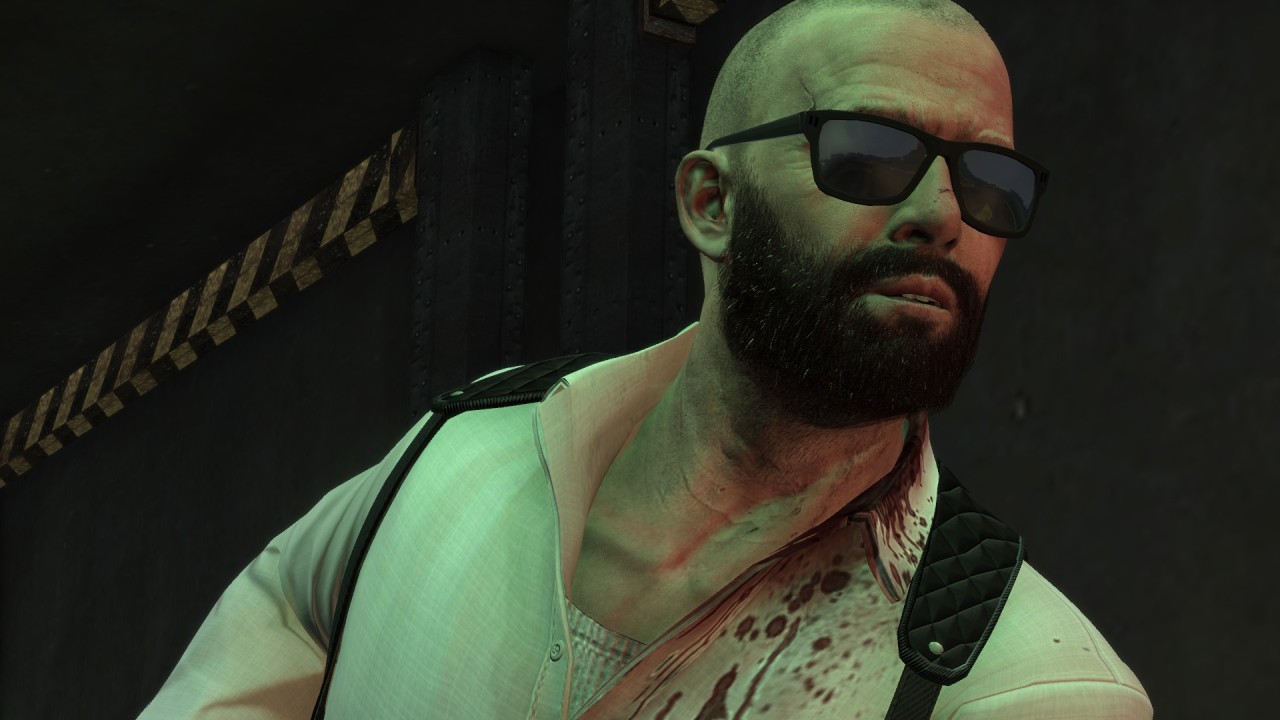

I can see these effects becoming problematic for some players, as they are jarring, but I think they do a fantastic job of reminding us who Max is, and plant the seed that if he wasn’t intoxicated, situations may play out differently.Īs much as Max Payne 3 is a fascinating portrait of a man, it tells a great, action-packed story that runs in-stride with Max’s inner turmoil. The entire game is riddled with graphical distortion meant to illustrate Max’s struggle with addiction. Most of the game’s transitional moments are bridged with montages of Max drinking extensively and popping pills. He still carries his demons with him, and he’s doing his damnedest to suppress them. As much as I laughed at his quick wit and hilarious inner monologue, the game continually reminded me that he wasn’t okay. He’s older, wiser, and at times, appears to be someone who has found peace. Instead, the game begins with four snapshots of a much different Max – sitting alone in an apartment with a bottle of whiskey at his side standing bald, bearded, and bloodied over a horribly mangled body delivering flowers to a grave and the most shocking portrait of all, dressed for show in an expensive suit as he mingles with the rich.ĭespite his radically different appearances, Max’s state-of-mind is always the same: He’s a cynical jerk with a biting sense of humor. Max Payne 3’s opening shots bear no resemblance to the series’ iconic imagery of a black trench coat flapping in the wind as a hail of bullets whiz by in slow motion.


 0 kommentar(er)
0 kommentar(er)
